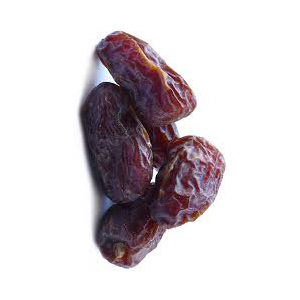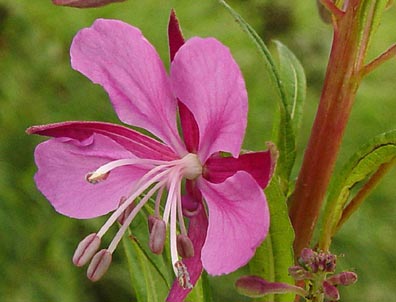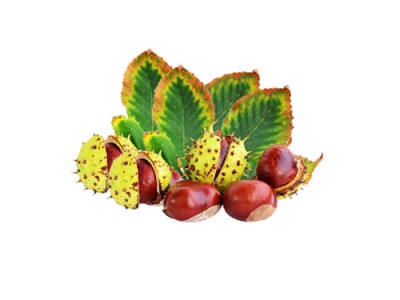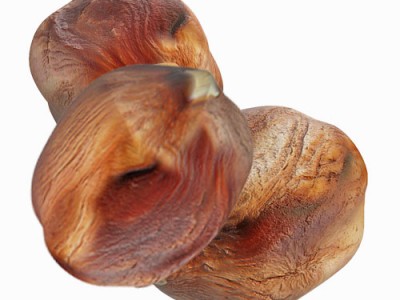

Willowherb in Medicine Uses And its Chemical Properties
Uses Willowherb in Medicine
There are many medicines made out of mint which sends a cooling and soothing sensation in the throat. The medicines prepared out of mint refresh and rejuvenate the body and the mind. The essential oil extracted from many mint families such as eucalyptus has lots of medicinal and rejuvenating properties.
Some of the popular cold rubs and supplements have extracts of mint leaves and eucalyptus oil.
This topic will deal with a plant name Willowherb which comes under onagraceae family. The botanical name of this plant is Epilobium parviflorum. The other common name is smallflower hairy willowherb. The name is derived from Greek language. This plant achieves a height of 12-31 in and the stem is erect with numerous hairs. The leaves are opposite, unstalked but not amplexicaul, lanceolate and toothed, rounded at the base, 1.6–3.9 in long. The color of the tiny flowers is pale pink or purple and measures 0.24-0.28in in diameter.
The flowering starts during June to August. The hermaphroditic flowers are either pollinated by insects or self. The fruit measures 3-7cm long capsule containing small black seeds which measures 1mm long. This specie is somewhat like Epilobium hirsutum, but the flowers are much smaller.
This plant is found in most of Europe, including Britain, from Sweden to Northern Africa and Western Asia up to Kashmir, in USA and Canada. It grows well in marsh lands and swamps, most meadows and slopes at an average altitude of 1400m. The extracts of this plant are used for the treatment of prostate gland, bladder and kidney. It has antioxidant and anti-inflammatory properties. The Austrians consume the tea made out of the extracts of this plant for urinary, prostate and kidney problems. Now, the supplements prepared out of willow herb are selling in many websites and pharmacies like a hot cake since it has lots of curative and medicinal properties.



